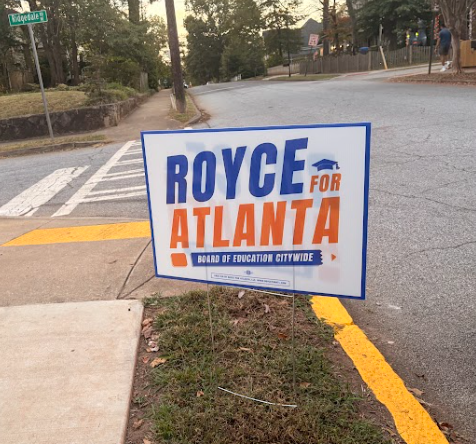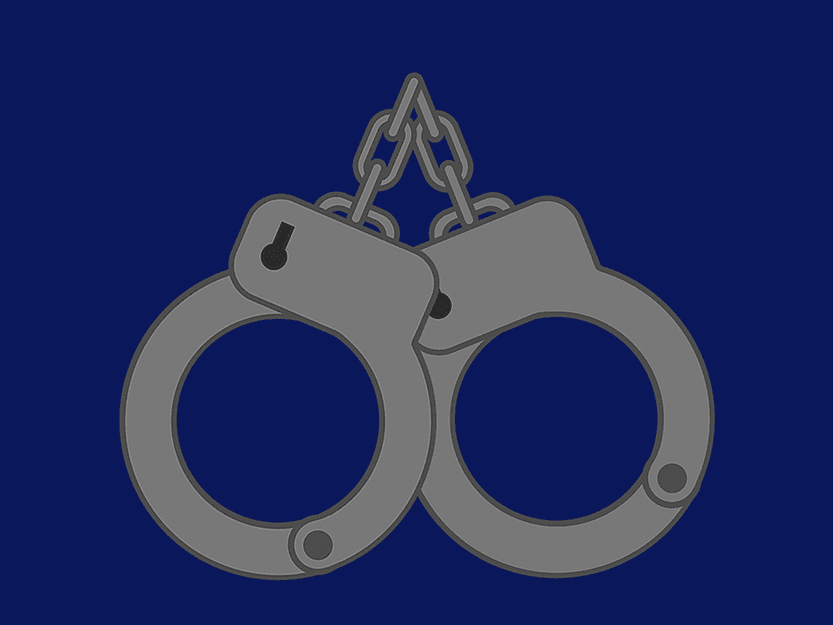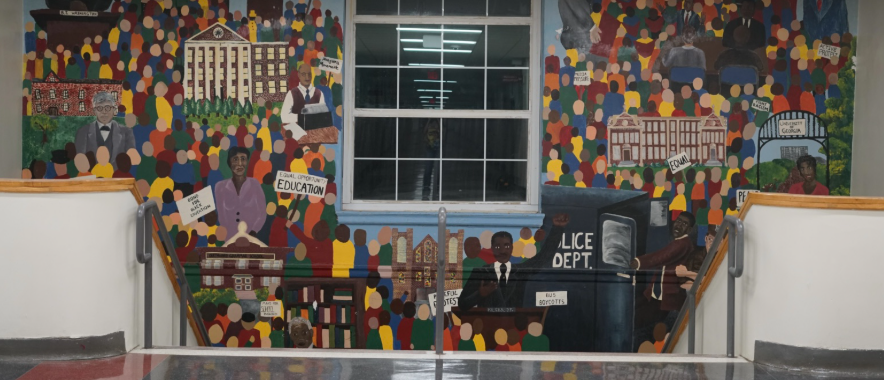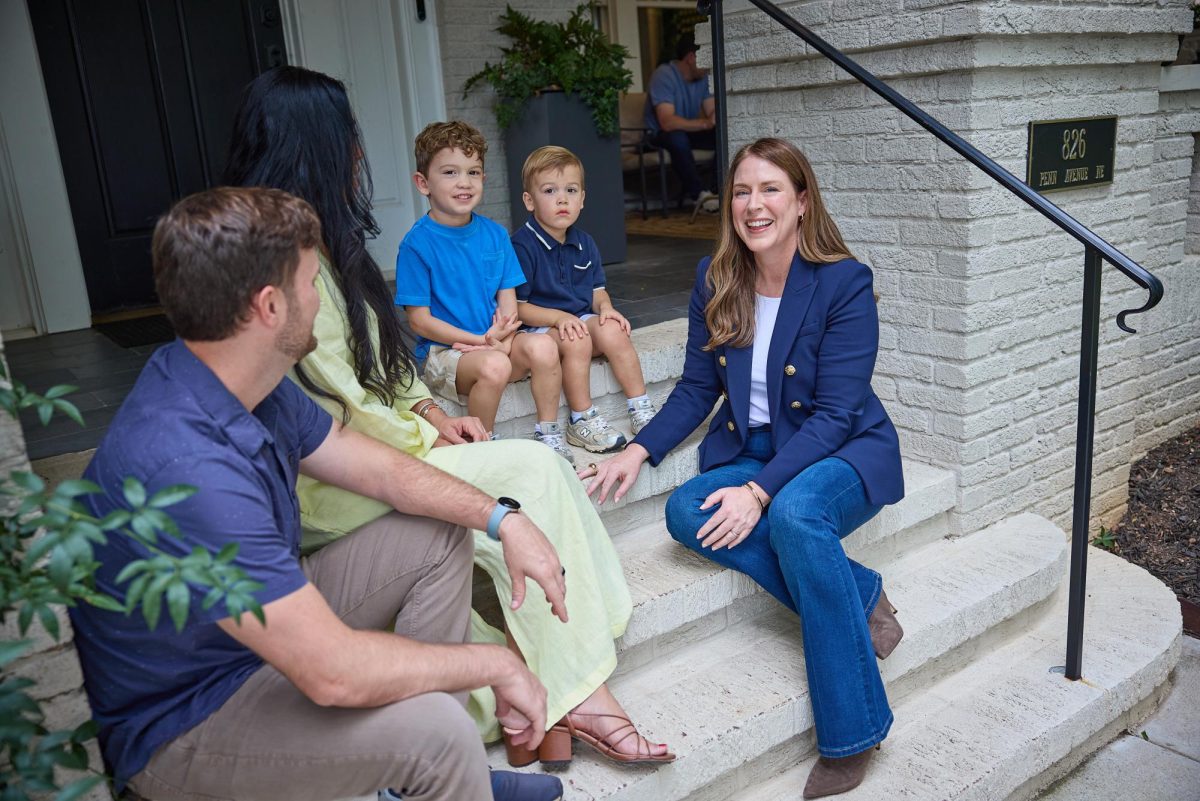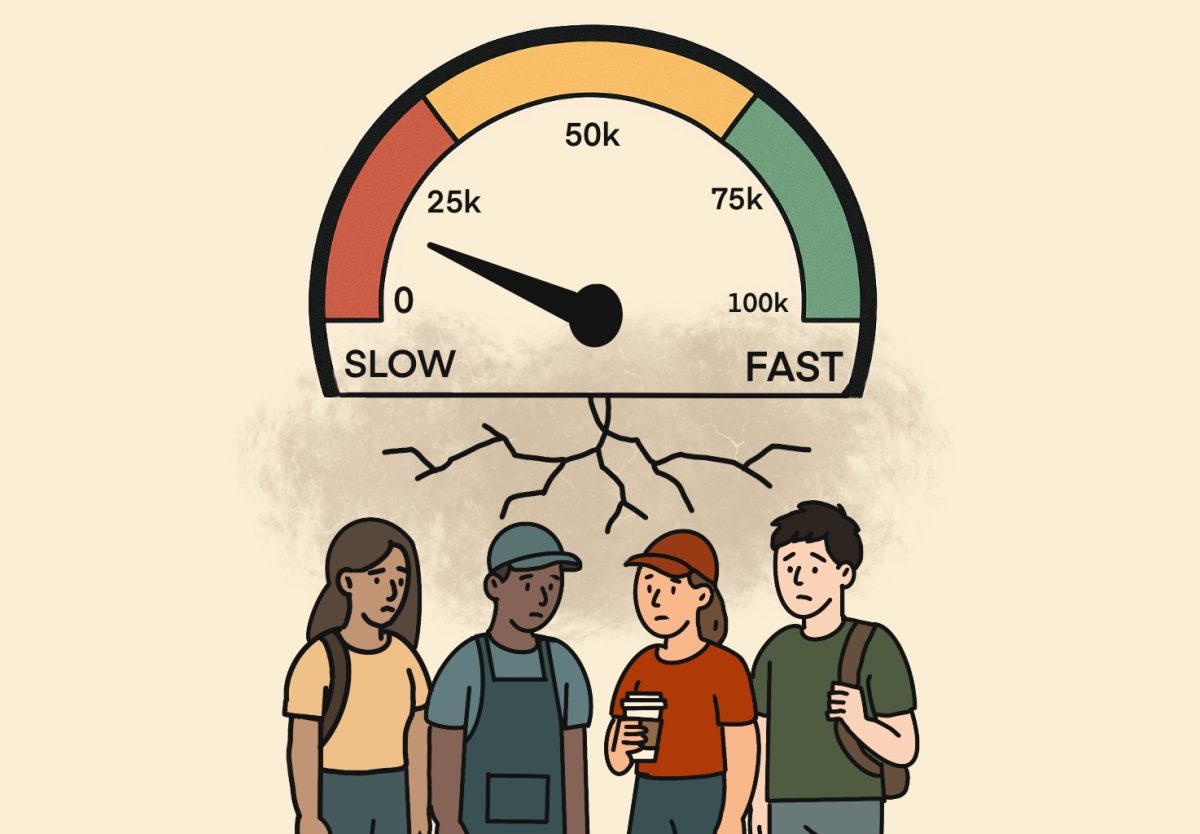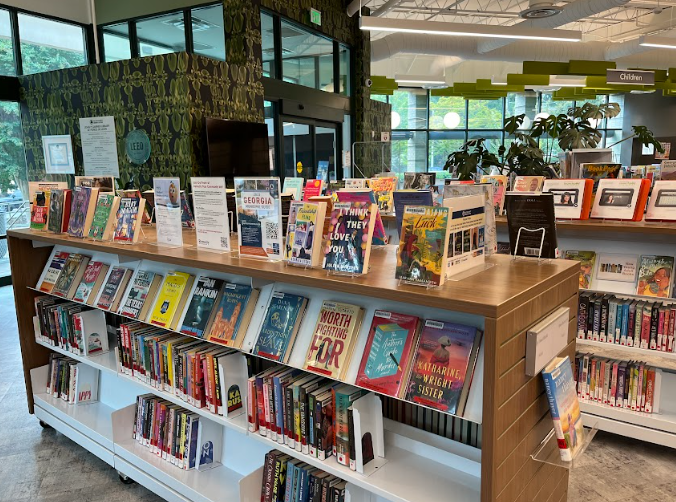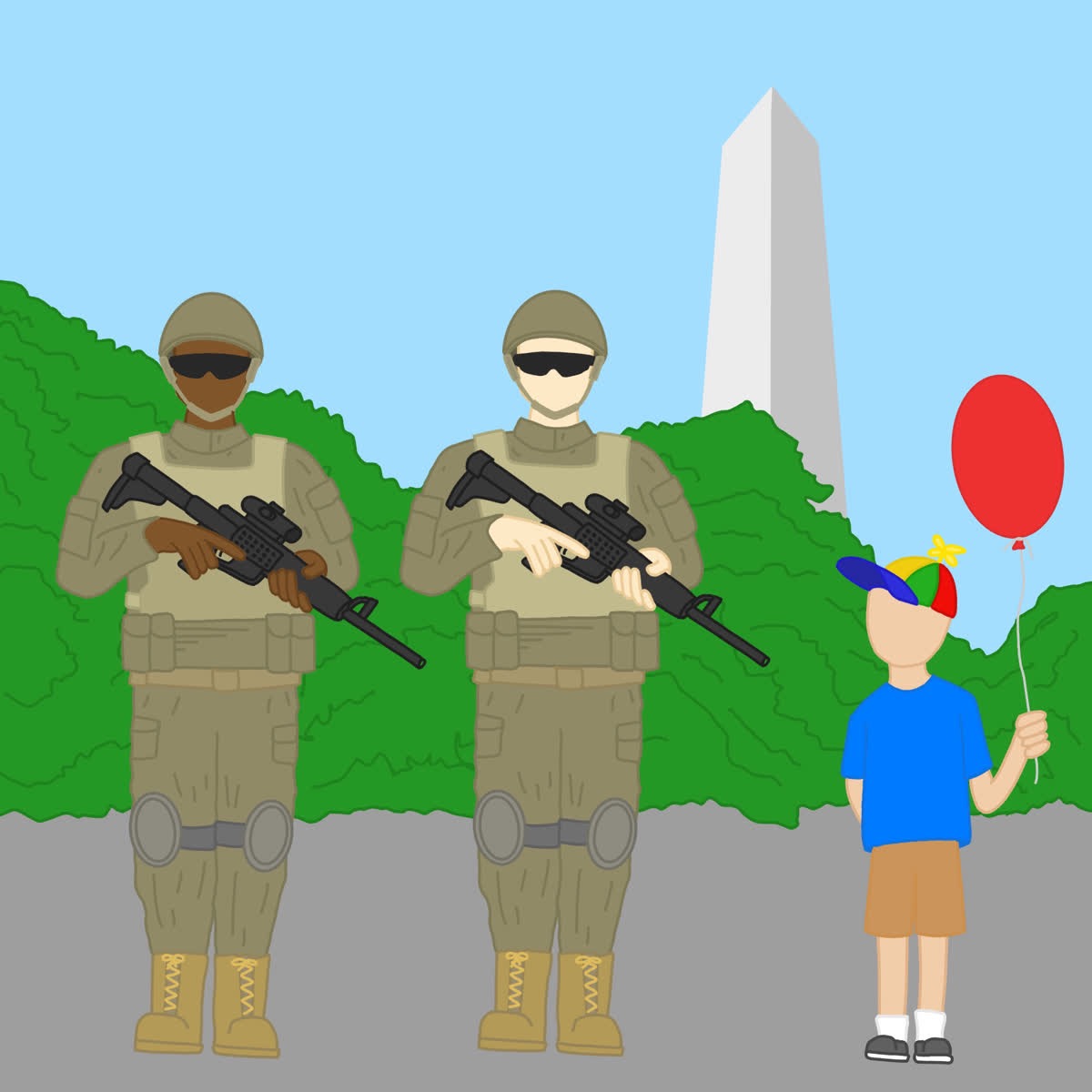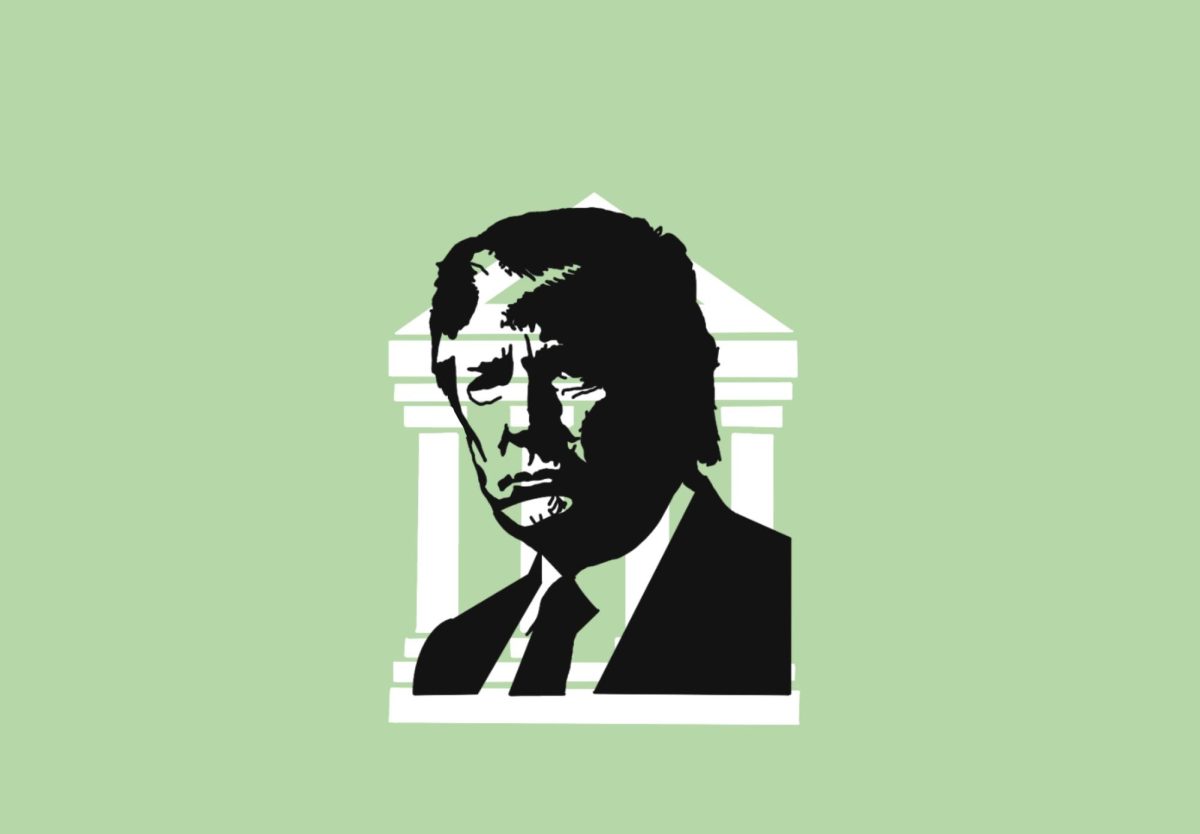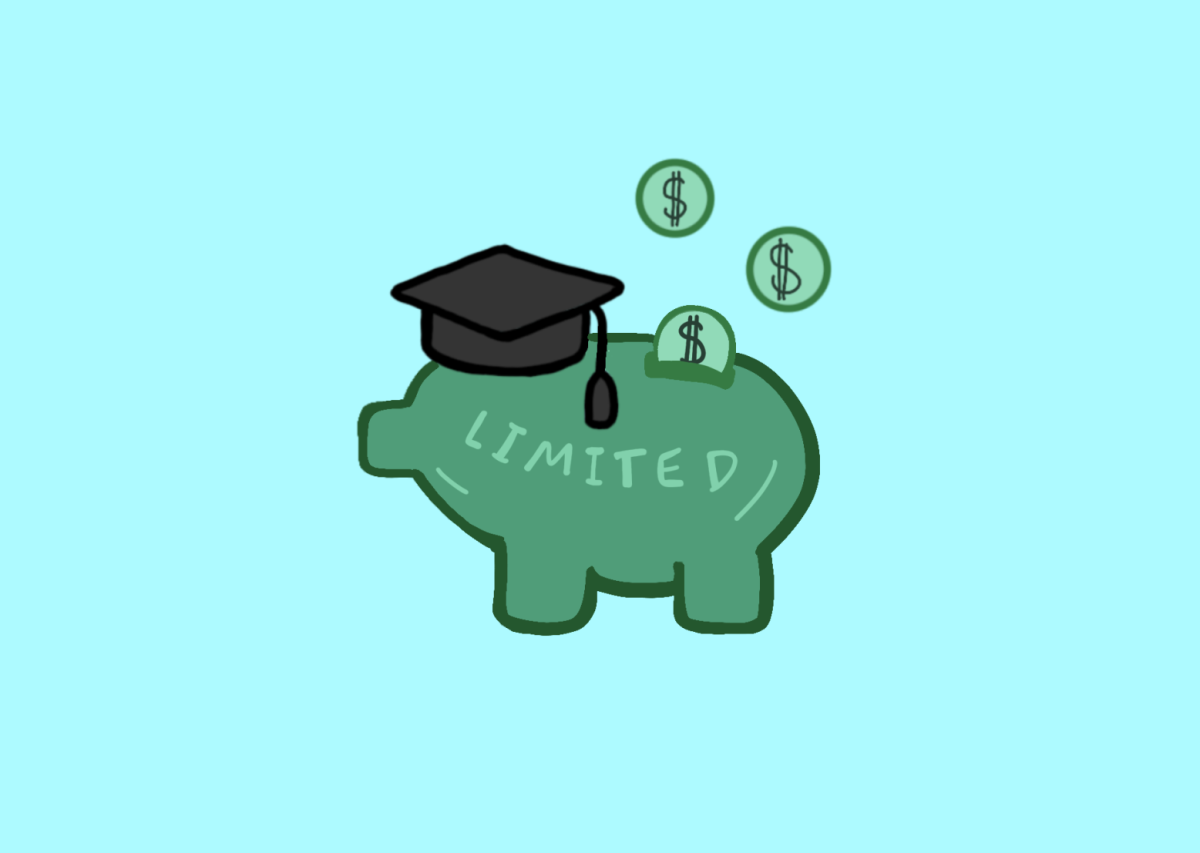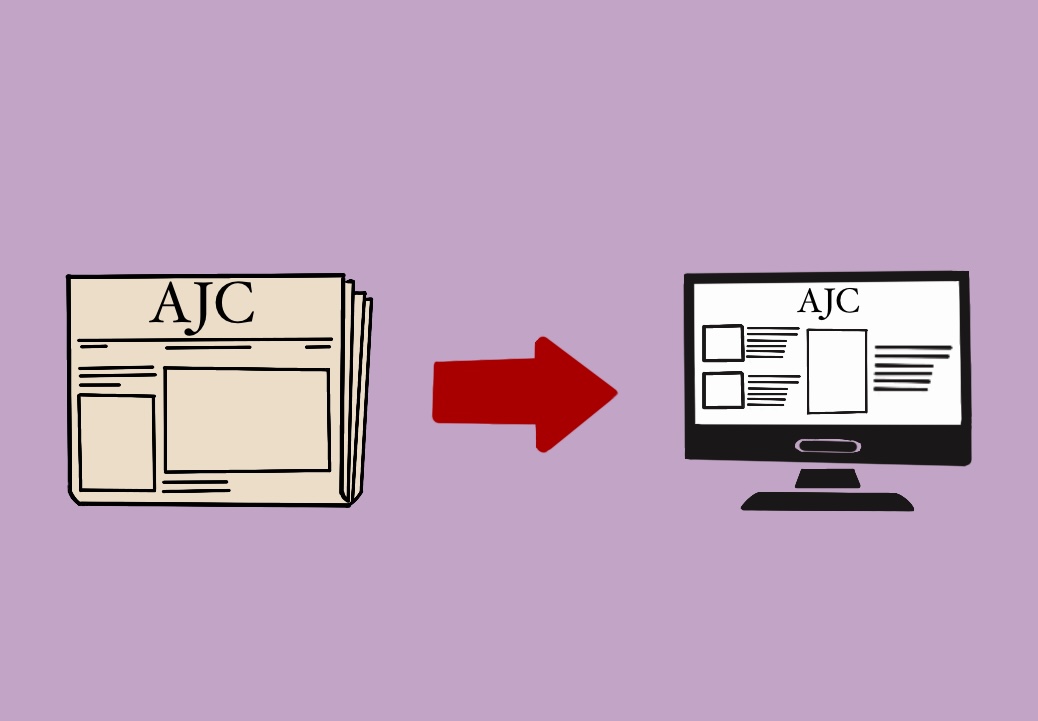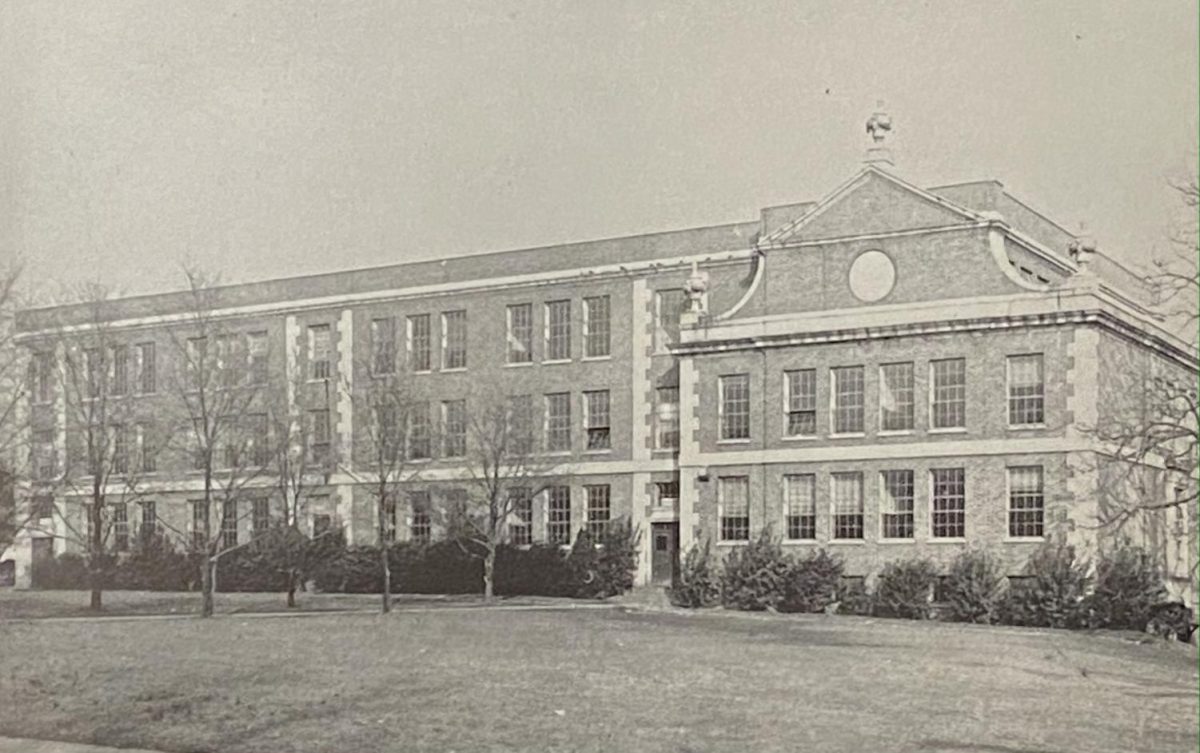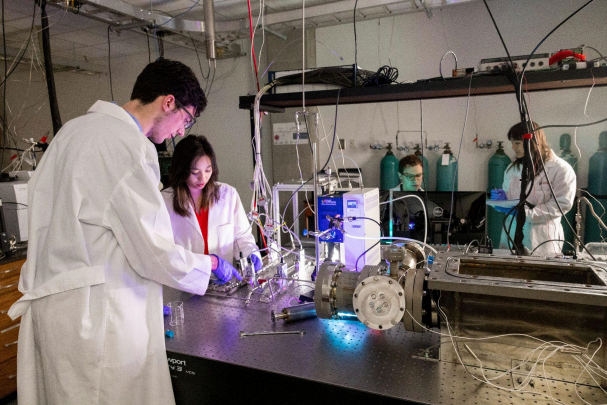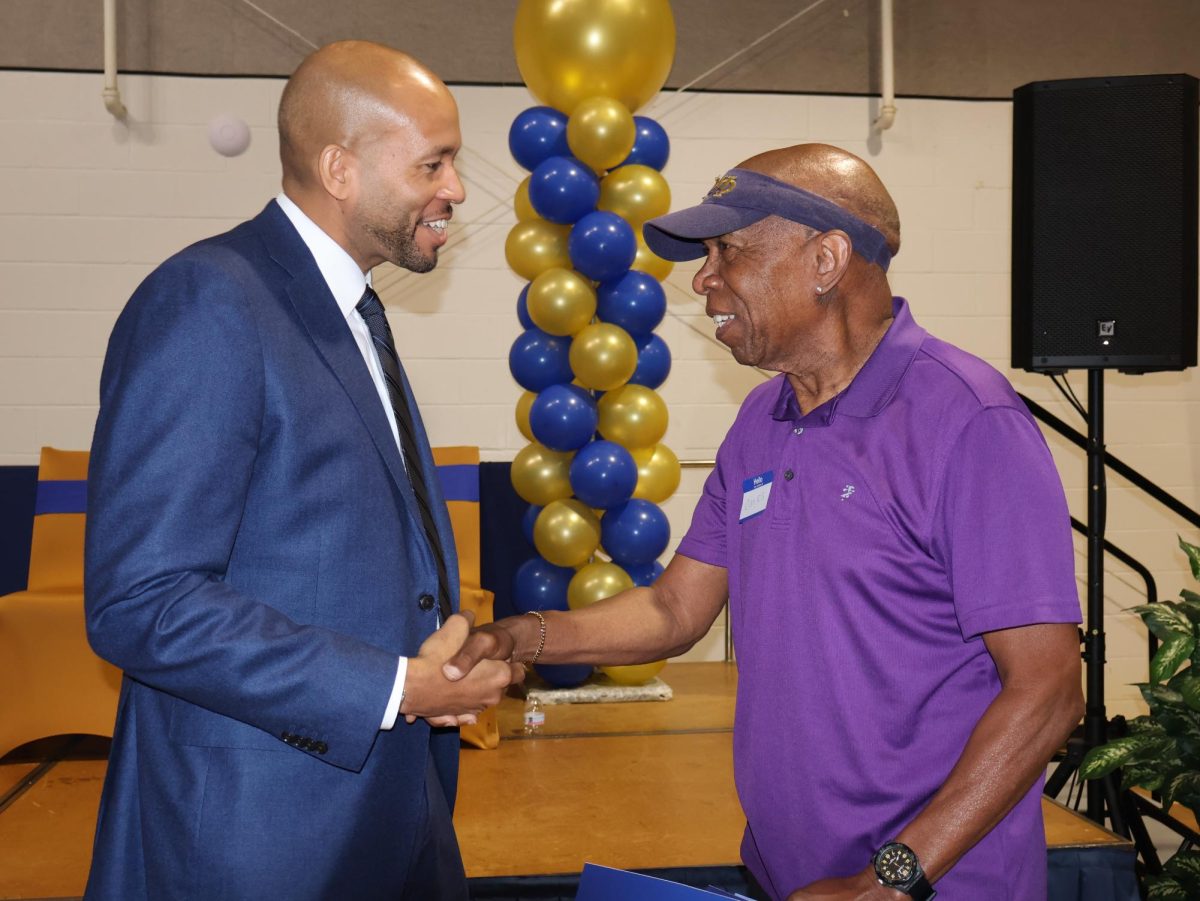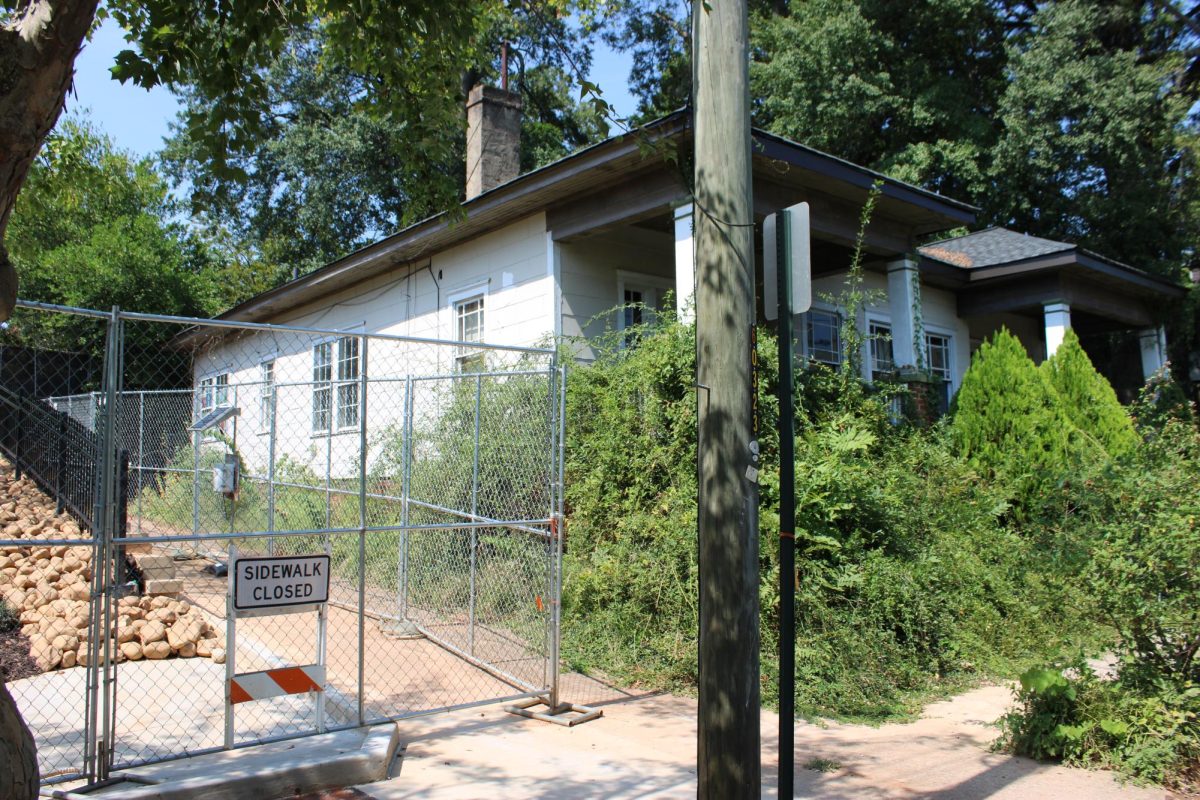It has now been 22 days since the federal government shut down after Senate Democrats and Republicans failed to come to an agreement regarding funding government services.
This is the first government shutdown since the 34-day shutdown from Dec. 21, 2018 to Jan. 25, 2019 in President Trump’s first term. Senior Caroline Timmons believes the shutdown marks a negative turn for both internal and foreign affairs.
“A shutdown will negatively impact the American economy that was already performing poorly,” Timmons said. “Inflation has been steadily rising since April and the job market continues to weaken. Additionally, a shutdown looks bad for foreign investors.”
So far, Democrats have refused to back any bill that does not include extending The Affordable Care Act, tax credits that make health insurance more affordable for millions of Americans, which is currently set to expire at the end of the year. They are also pushing for the reinstatement of federal funding to Medicaid, which was cut 15% over 10 years by the One Beautiful Bill Act.
“Right now, in terms of what they’re in disagreement over with the Affordable Care Act, [it] is really important for Democrats to have that included, because that’s a lot of impacts, a lot of their base,” social studies teacher Susan Salvesen said.
Junior Liam Walsh thinks the shutdown signifies the increasing divisiveness between political parties.
“I do think [the shutdown] could have been prevented if politicians in [Washington D.C.] knew how to compromise,” junior Liam Walsh said. “I think it’s a wake-up call for people to realize how polarized American politics have become.”
As a result of the shutdown, up to 750,000 federal workers are facing being furloughed, or working with no pay, according to the Congressional Budget Office. Additionally, new federal loans are paused and immigration hearings are delayed. Walsh believes that these initial impacts are not widely felt, but longer shutdowns are destructive for all citizens.
“In my opinion, the impact of a shutdown is dependent on the length,” Walsh said. “A shorter shutdown is not that bad, but a longer shutdown has severe economic effects costing the U.S. billions. This cost would likely be paid by regular American citizens, so the stubbornness of politicians is directly costing everyday people in the U.S. However, regardless of the length of the shutdown, government workers are greatly impacted as many of them experience pay cuts during these shutdowns.”
On the first day of the shutdown, The White House froze billions of dollars of funding, including around $18 billion in New York City infrastructure projects and an additional $8 billion in Green New Deal funding across 16 states. Salvesen said the lack of emphasis on civic education hinders students’ understanding of the full impact of a shutdown.
“Most students and I think even most Americans, don’t understand [the shutdown],” Salvesen said. “It’s hard for people to learn how the government really works because we don’t put a lot of money into civic education. For most school districts, it’s only a semester course. In Atlanta public schools, a lot of students take it in ninth grade. It’s different when you take it older, like when you’re a senior and you’re getting ready to graduate and you have the opportunity to vote, I think it’s a little bit more impactful then. But even still, a lot of people don’t participate in voting. I think it’s all connected.”
Beyond the initial impacts, Timmons is concerned with future implications, particularly since she is only four years from entering the job market.
“I think that a government shutdown will continue the already worrying decline in the economy,” Timmons said. “In a little more than four years, many of my classmates and I will be entering the job market. Rising inflation and weak labor markets lead me to feel worried about the future. While this shutdown may be temporary, the economic effects may not.”



